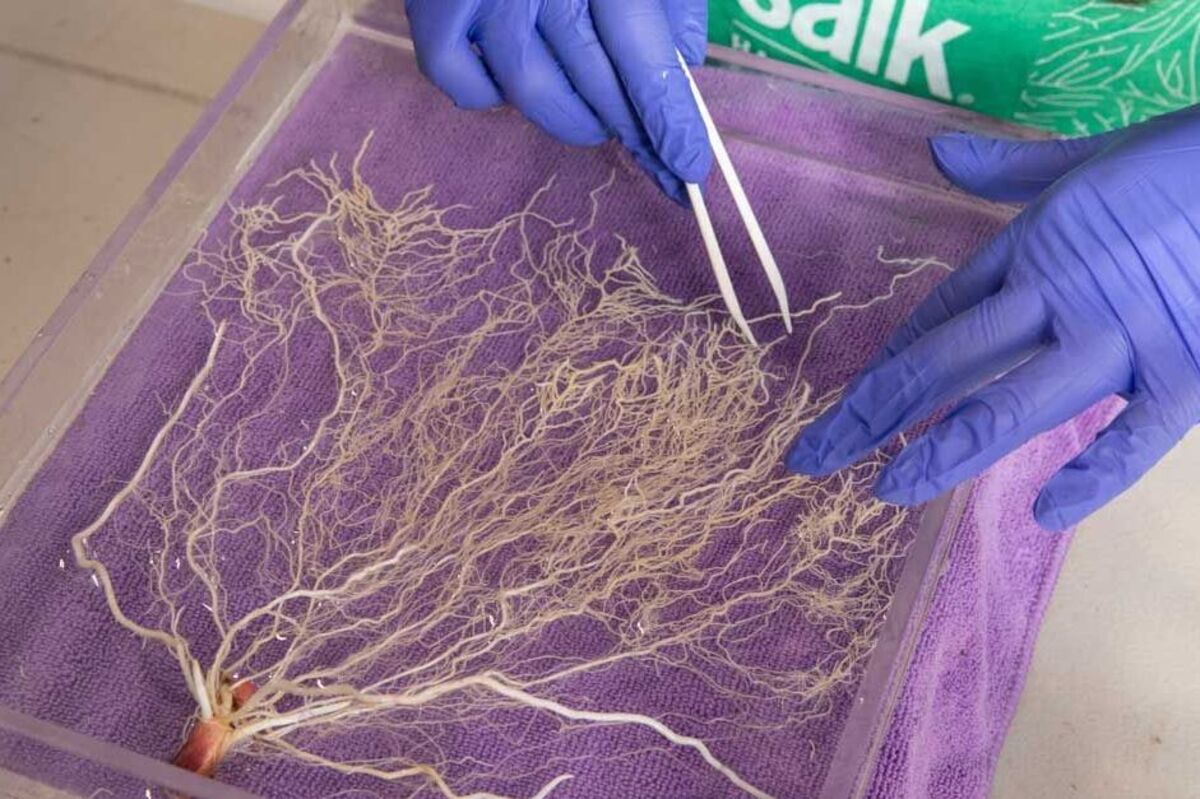
Experts from UC San Diego Push Genetically Enhanced Crops for Carbon Dioxide Removal
May 7, 2025| |
Researchers at the University of California, San Diego (UC San Diego) said that genetically enhanced crops with larger root systems can help remove carbon dioxide from the atmosphere. Their findings offer a scalable agricultural approach to carbon dioxide removal (CDR) and present a framework for assessing how emerging CDR technologies could be scaled in real-world conditions.
The study responds to the urgent need for large-scale carbon dioxide removal to complement emission reductions and avoid catastrophic climate outcomes. Current estimates suggest that removing five to 16 billion tons of carbon dioxide annually is essential to stay on track with climate goals. However, existing CDR methods are still in early development stages and face major barriers to deployment.
In this study, the results showed that carbon-enhanced crops could sequester up to 1.2 gigatons of carbon dioxide annually within 13 years of initial adoption. This is about seven times more than what current global offset programs deliver today. However, regulatory hurdles and public perception may slow progress unless supported by incentives like carbon credits. The researchers emphasize that this approach should complement broader climate efforts to decarbonize the economy.
For more information, read the article from UC San Diego.
| |
You might also like:
- Enabling Plants to Combat Climate Change by Storing More Carbon Dioxide
- Experts to Use CRISPR for Carbon Capture with Crops
- Pocket K No. 43: Biotechnology and Climate Change
Biotech Updates is a weekly newsletter of ISAAA, a not-for-profit organization. It is distributed for free to over 22,000 subscribers worldwide to inform them about the key developments in biosciences, especially in biotechnology. Your support will help us in our mission to feed the world with knowledge. You can help by donating as little as $10.
-
See more articles:
-
Plant
- Gene-edited Rice Provides Insights into Abiotic Stress Resistance
- [IMPORTANT UPDATE] Save the Date: 8th Asian Short Course on Agribiotechnology, Biosafety Regulation, and Communication
- India Releases Two Genome-Edited Rice Varieties
- UC Davis Develops Wheat with Reduced Gluten Proteins
-
Animal
- Researchers Use Salmon DNA to Develop Cold-Tolerant Tilapia
- Gene-Edited PRRS-Resistant Pigs Get US FDA Approval
-
Food
- 27 EU Agri-food Value Chain Partners Sign Joint Position Paper on NGT Traceability and Labelling
-
Environment
- Experts from UC San Diego Push Genetically Enhanced Crops for Carbon Dioxide Removal
-
Read the latest: - Biotech Updates (November 12, 2025)
- Gene Editing Supplement (October 29, 2025)
- Gene Drive Supplement (February 22, 2023)
-
Subscribe to BU: - Share
- Tweet

